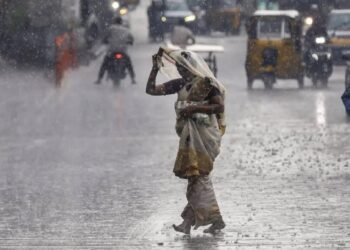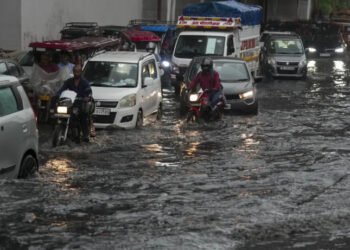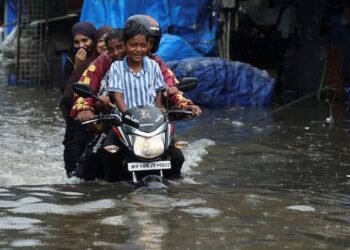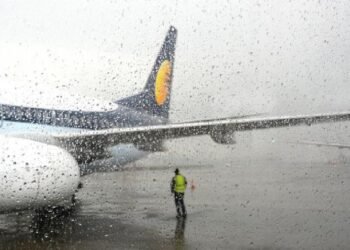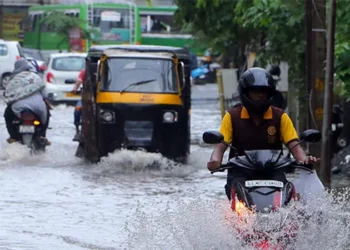On Saturday, Delhi had an unusually cool day for August, with the maximum temperature reaching only 26.4 °C. This is the lowest recorded for this month since 1991 and the sixth lowest maximum temperature ever recorded in August.
The all-time lowest maximum temperature in August was 25.3 °C, recorded on August 9, 1976. Before this year, the previous low in recent memory was 27.9 °C in 2012, making this August’s drop truly noteworthy.
The unexpectedly cool day followed heavy rain on Raksha Bandhan, which began Friday night and affected much of the city. Many neighborhoods turned into literal swimming pools due to flooded streets, fallen trees, and potholes that complicated transportation throughout the capital.
Over the 24-hour period ending at 8:30 am on Saturday, Safdarjung recorded 78.7 mm of rain, Pragati Maidan 100 mm, Lodhi Road 80 mm, Pusa 69 mm, and Palam 31.8 mm. From 8:30 am to 5:30 pm, the India Meteorological Department recorded an additional 25.9 mm at Safdarjung.
ALSO READ: Bengaluru: Modi to launch Yellow Line of Namma Metro Tomorrow; Traffic Curbs Announced
City Underwater
The downpour brought the city nearly to a halt. Important roads like Ring Road, New Rohtak Road, and Ashram underpasses were flooded. Reports of uprooted trees, potholes, and heavy traffic came from areas such as Jahangirpuri, RK Puram, Moti Bagh, Kidwai Nagar, and around Pragati Maidan and the New Delhi Railway Station.
The Zakira Underpass was closed because of flooding, and traffic was redirected at Azad Market Railway Underpass, Ram Bagh Road, and other flooded areas. The Delhi Traffic Police posted several advisories on X, advising travelers to avoid affected zones and take the Metro instead.
ALSO READ: IAF’s S-400 Shot down 6 Pak Fighter Jets during Op Sindoor: IAF Chief AP Singh
The India Meteorological Department (IMD) has issued forecasts predicting continued cloudiness and more rain on Sunday. People are experiencing a rare climate event in Delhi: an August day that defied seasonal expectations. It’s not only cooler; it’s a clear reminder of how monsoon patterns can disrupt normal heat levels.



